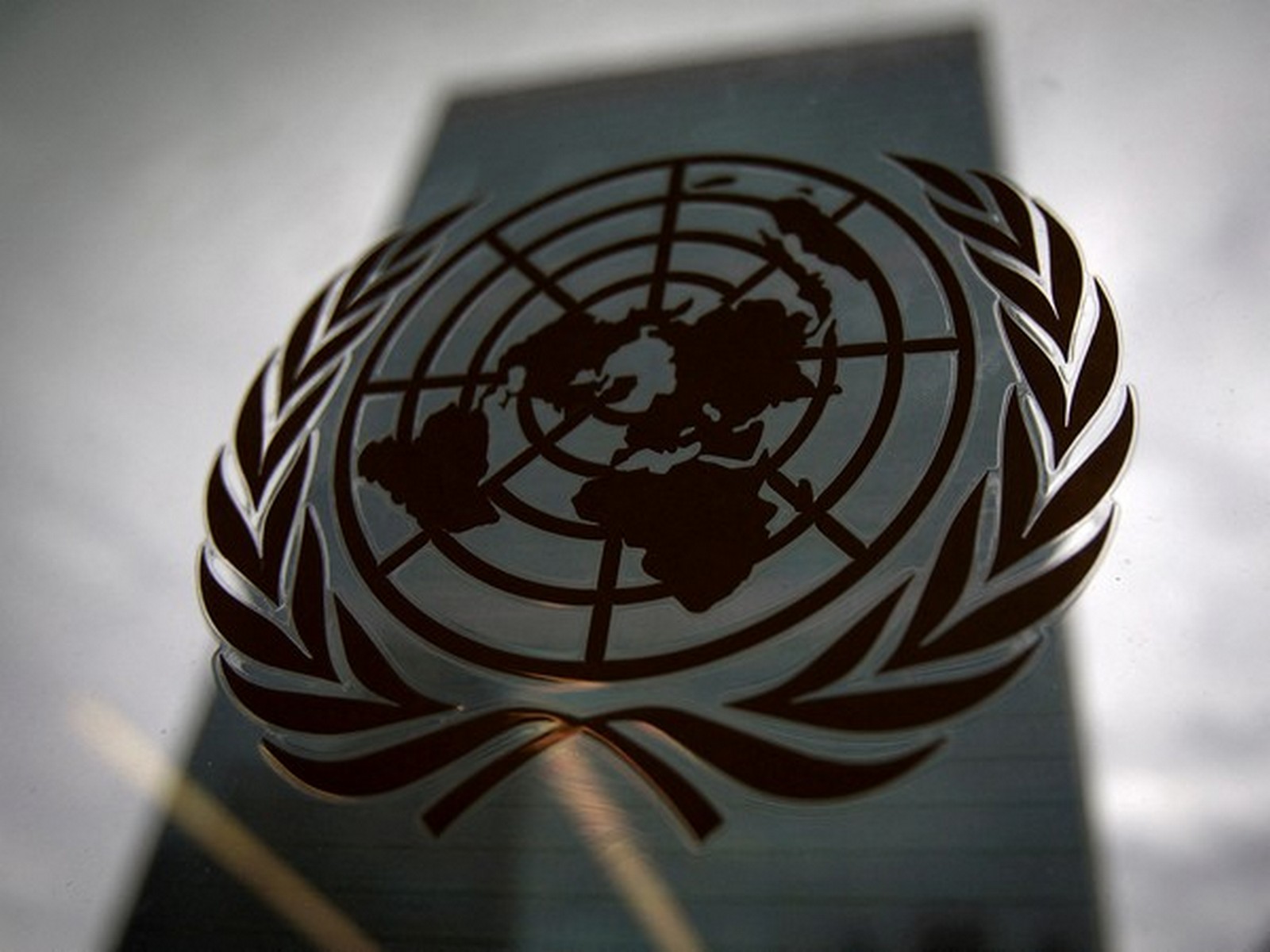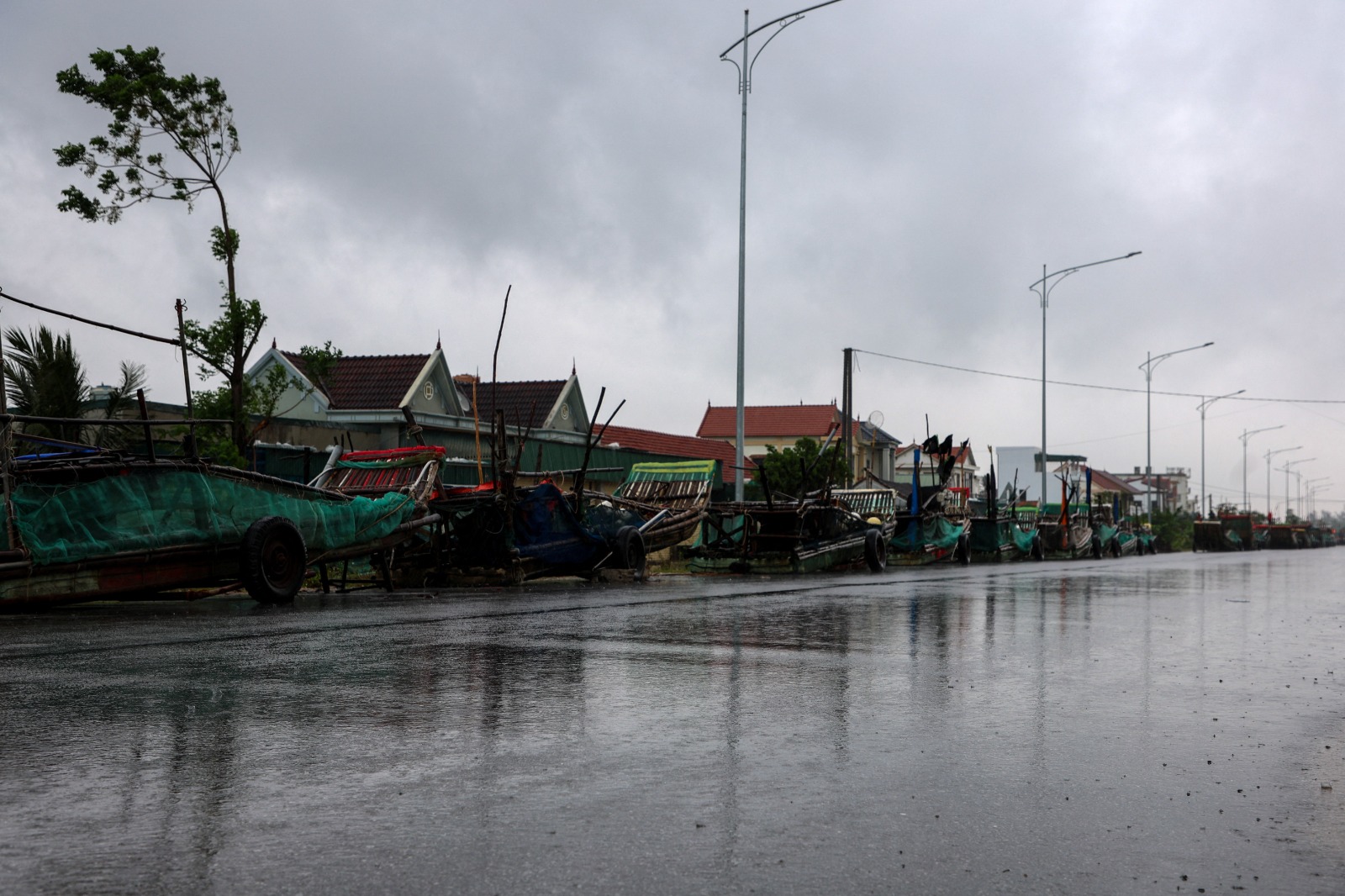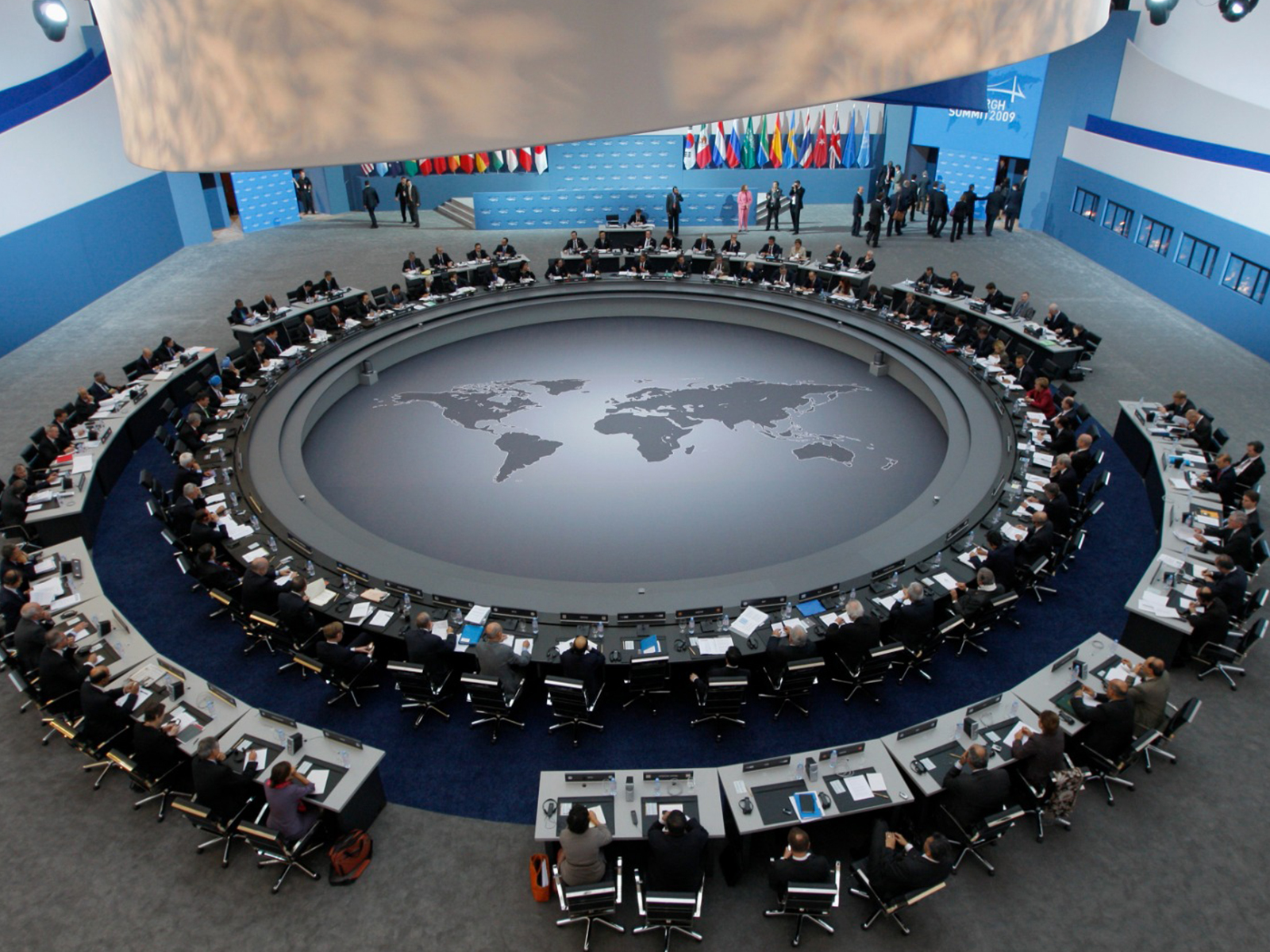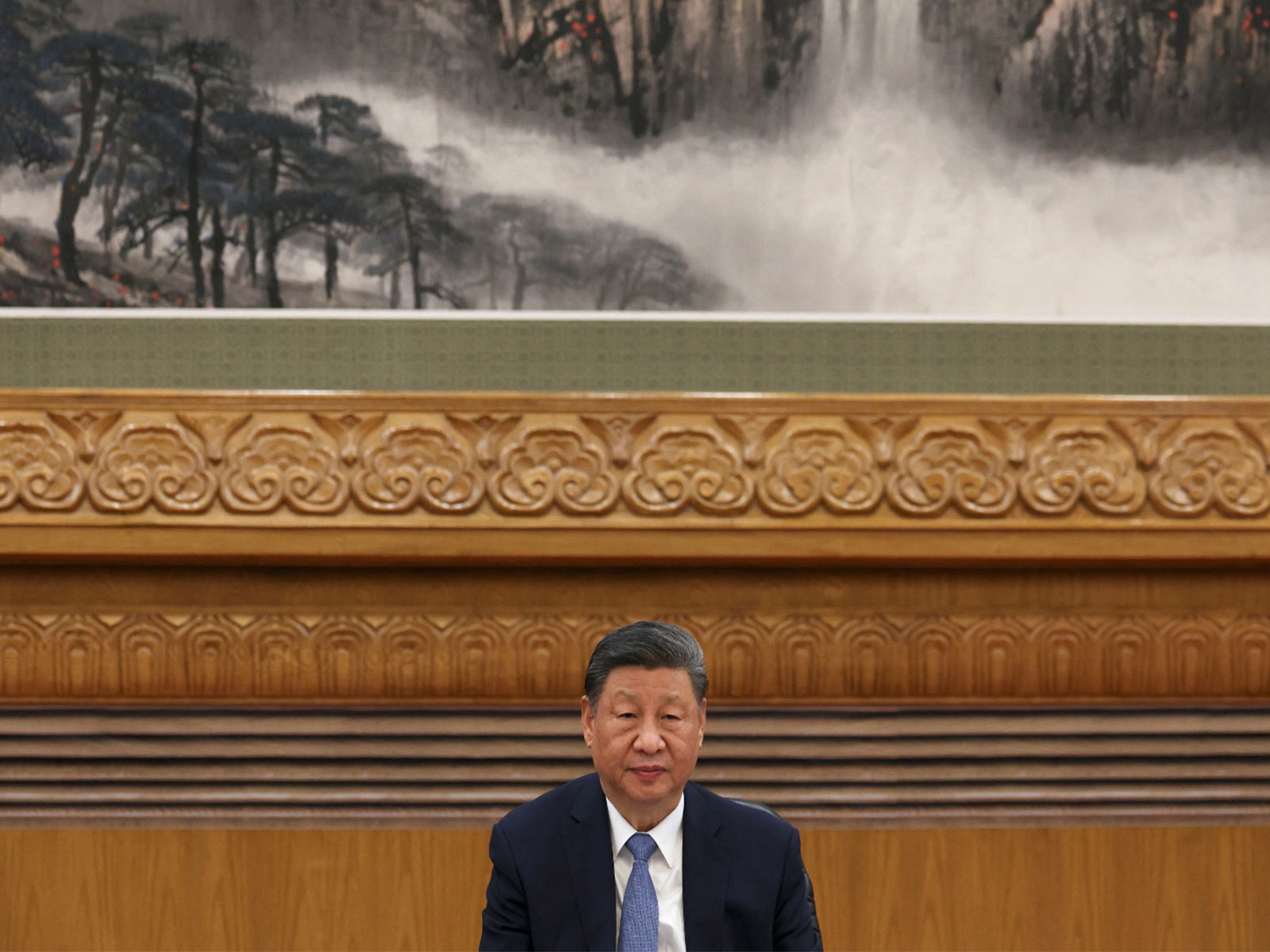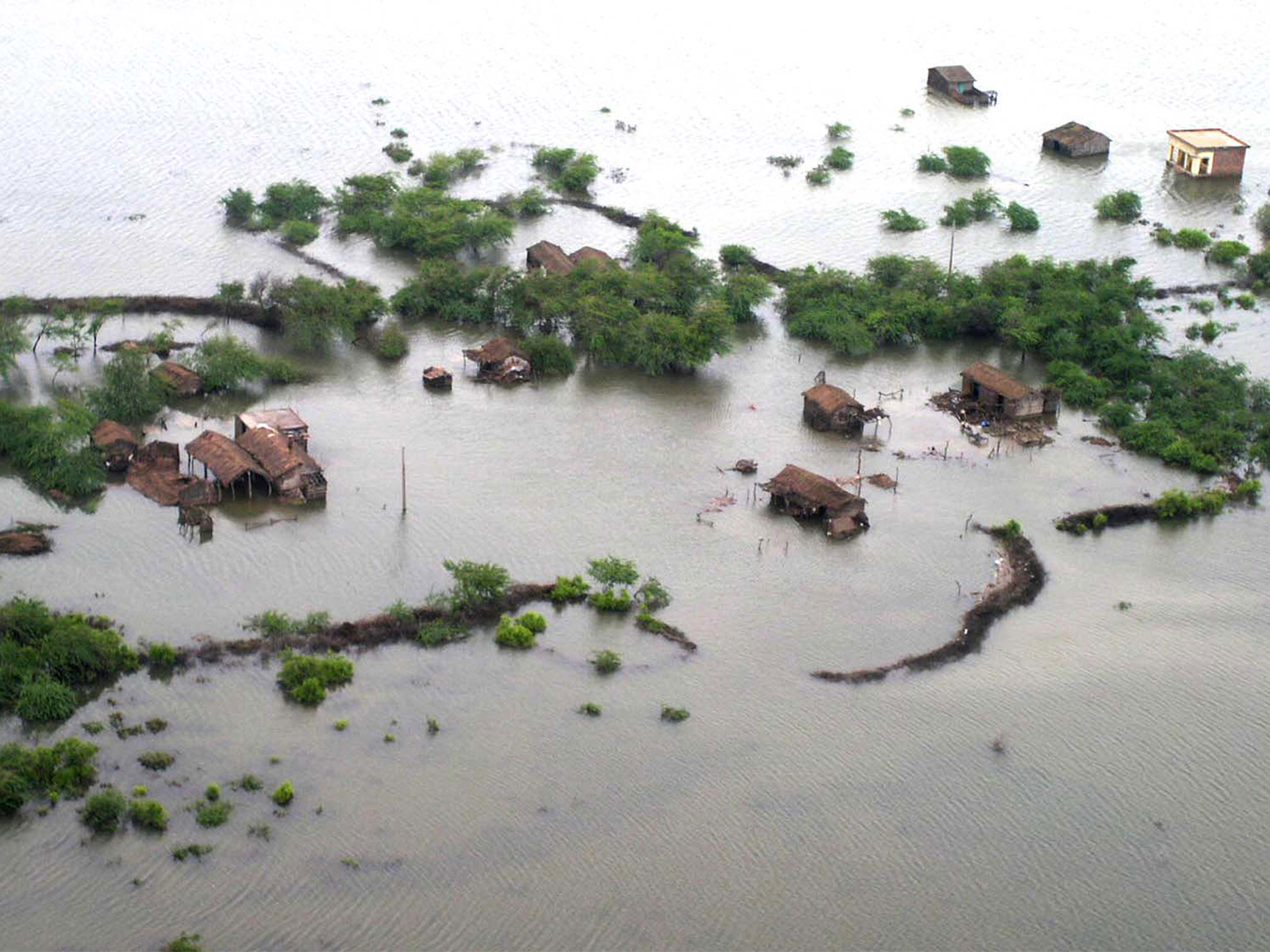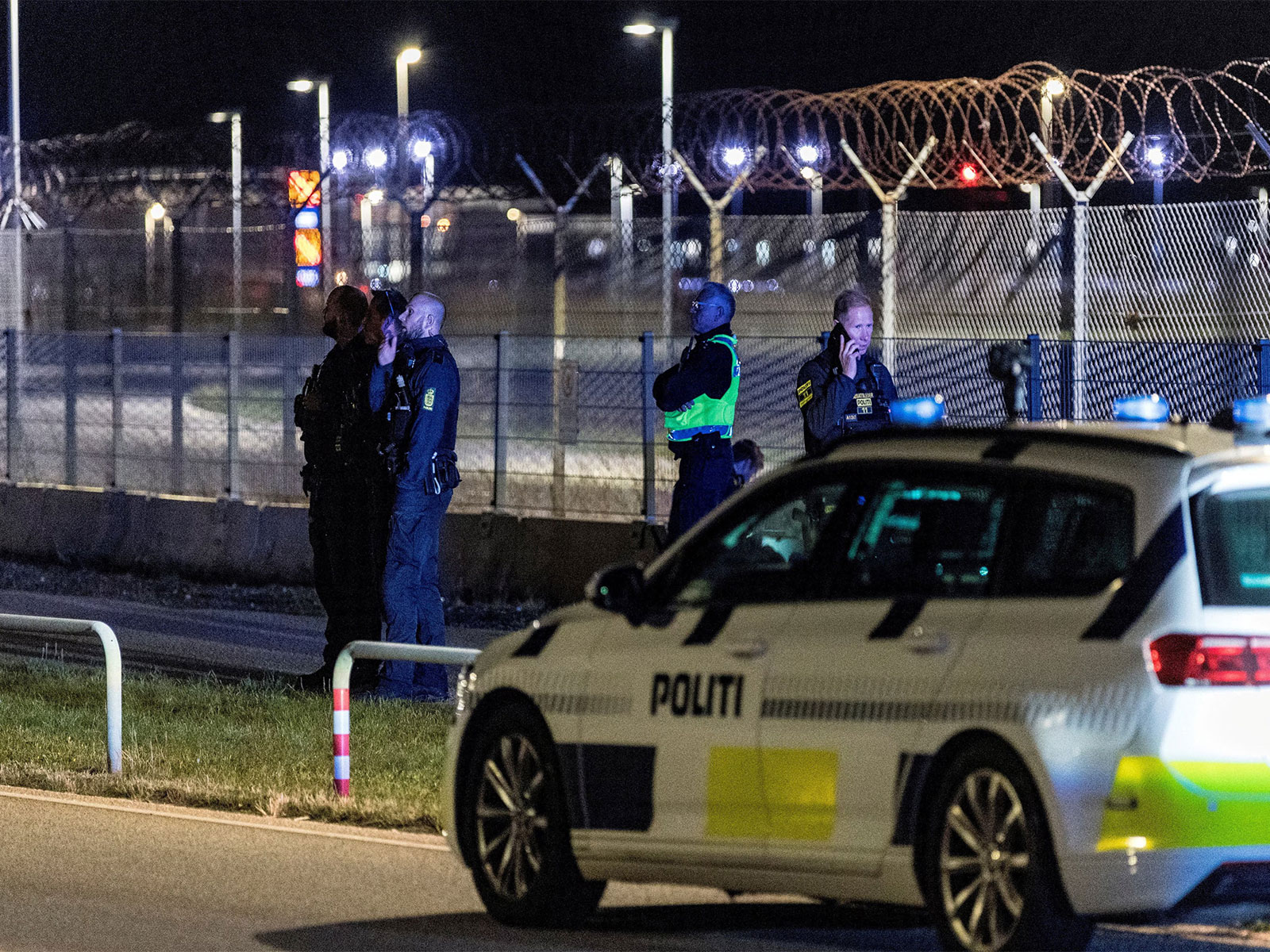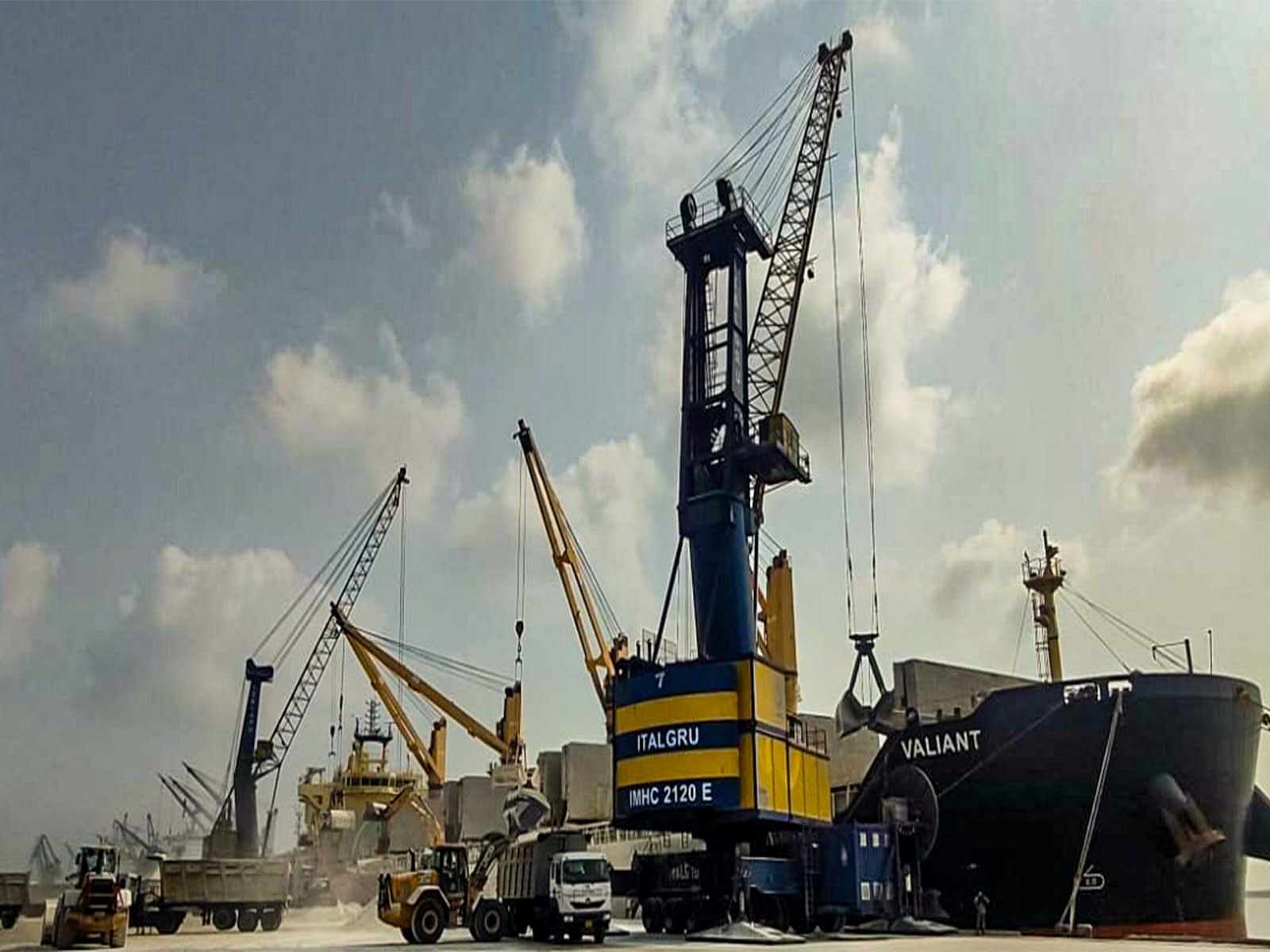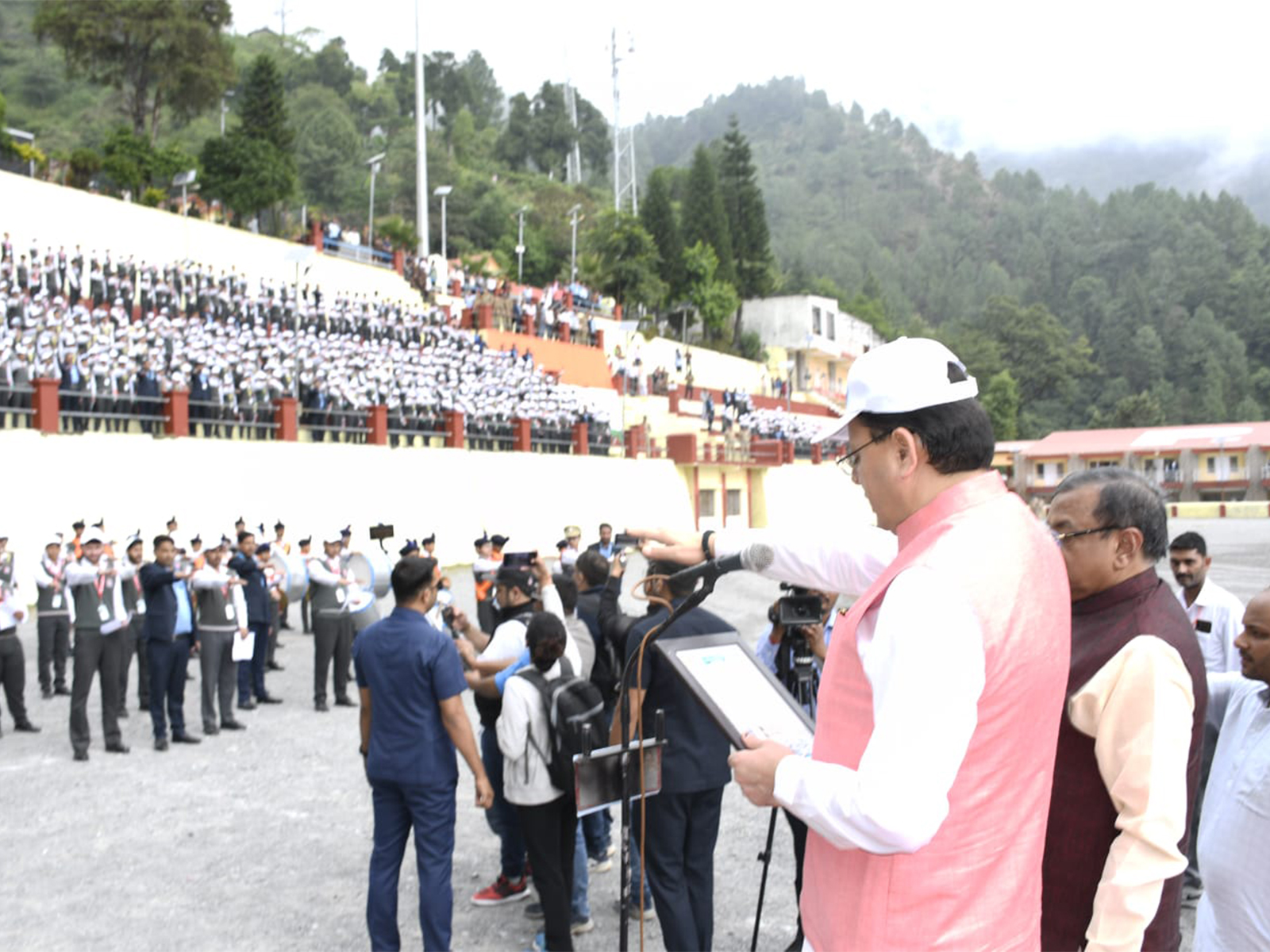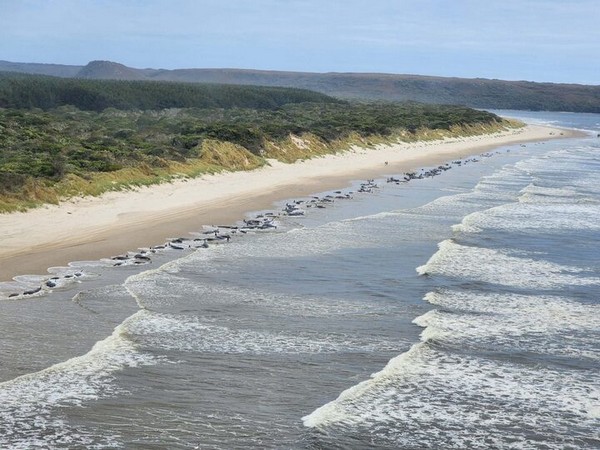
Earthquake of magnitude 6.0 jolts West of Macquarie Island
Jul 25, 2025
West of Macquarie Island, July 25 : An earthquake of magnitude 6.0 on the Richter Scale jolted the West of Macquarie Island, a statement by the National Center for Seismology (NCS) said.
The earthquake occurred at a shallow depth of 10km, making it susceptible to aftershocks.
In a post on X, the NCS, "EQ of M: 6.0, On: 25/07/2025 16:52:03 IST, Lat: 55.51 S, Long: 146.27 E, Depth: 10 Km, Location: West of Macquarie Island."
https://x.com/NCS_Earthquake/status/1948710883724853635
West of Macquarie is subantarctic island in the south-western Pacific Ocean, about halfway between New Zealand and Antarctica.
Shallow earthquakes are generally more dangerous than deep earthquakes. This is because the seismic waves from shallow earthquakes have a shorter distance to travel to the surface, resulting in stronger ground shaking and potentially more damage to structures and greater casualties.
Major shallow earthquakes on the Macquarie Ridge in the past 100 years have exposed two seismic gaps, one centred on Macquarie Island. The Macquarie Ridge was created by crustal shortening due to oblique convergence of oceanic crust of the Pacific and Australian Plates.
Computed earthquake mechanisms are either strike-slip or thrust. Earthquake hazard estimates for the island, such as the values of the 475 year hazard coefficient in the 2008 Australian Loading Code, do not take account of this gap, based as they are on a purely random distribution of earthquakes. A major gap-filling earthquake could have serious consequences for both the residents and environment of Macquarie Island.
The impact of a major (M>=7) close earthquake on the island would be to cause widespread landslides, and water and power supply disruption if not building damage. Damage risk is heightened by the possibility, perhaps 50:50, of a local tsunami being generated, depending only on the mechanism of the earthquake. The risk is heightened for the next few decades, but reverts to the computed long term value at the end of this period of heightened activity. Coping with time varying hazard is a novel but critical problem.
